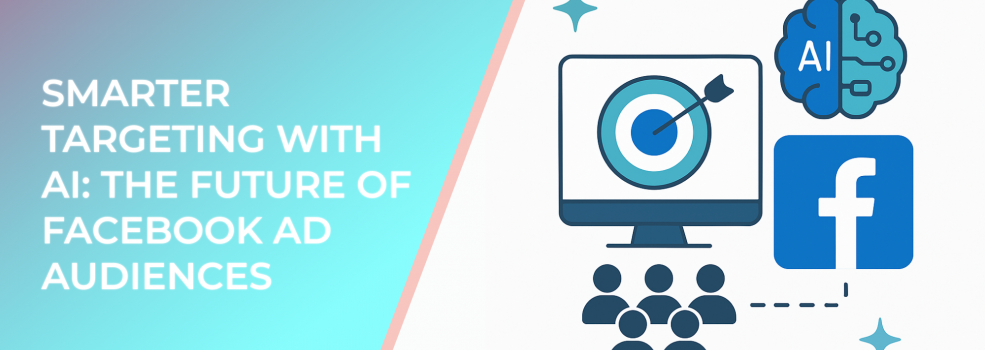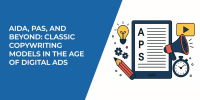Audience targeting on Facebook has changed dramatically in recent years. With privacy restrictions like iOS 14+, cookie deprecation, and evolving user expectations, advertisers can no longer rely on granular interest and demographic targeting alone. Instead, artificial intelligence is taking a central role in defining who sees your ads.
Meta’s own algorithms are increasingly designed to optimize ad delivery automatically, analyzing billions of signals in real time. According to Insider Intelligence, 77% of digital marketers say AI now plays a critical role in their targeting strategy, and this number is expected to rise further in 2025.
How AI Improves Audience Targeting
AI doesn’t just replace old methods; it enhances them. Here’s how:
-
Predictive Analytics: Algorithms can predict user intent by analyzing patterns of browsing, engagement, and purchase behavior.
-
Dynamic Segmentation: Instead of rigid audience lists, AI continually updates who belongs in your audience as new data streams in.
-
Contextual Matching: Ads can be served based on content relevance, even when traditional identifiers are unavailable.
-
Creative Matching: AI not only selects the audience but also matches the right creative format to the right user segment.
A Salesforce survey revealed that advertisers using AI-driven segmentation see 30% higher engagement rates compared to traditional targeting methods.
The Role of Advantage+ Audiences
Meta has rolled out Advantage+ features, which rely heavily on AI to optimize campaigns. Advantage+ Audiences go beyond lookalikes, enabling advertisers to combine custom signals with algorithm-driven expansion.
Early results are promising. Meta reported that businesses using Advantage+ Shopping Campaigns in 2024 achieved 12% lower cost per conversion compared to manually targeted campaigns.
Challenges of AI-Driven Targeting
While AI offers enormous potential, there are still hurdles:
-
Loss of Control: Advertisers give up some ability to handpick detailed targeting criteria.
-
Data Dependence: AI thrives on large datasets, making it less effective for small businesses with limited data.
-
Transparency Issues: Many AI-driven systems function as “black boxes,” leaving advertisers unsure why certain targeting decisions were made.
Preparing for the Future
To take advantage of AI-driven targeting, advertisers should:
-
Feed the Algorithm – Provide strong creative, reliable conversion tracking, and enough budget for algorithms to optimize.
-
Test Broadly – Instead of narrow targeting, allow AI to explore and discover high-performing segments.
-
Invest in Data Quality – Ensure pixel tracking, conversions API, and CRM integrations are set up correctly.
Final Thoughts
AI-driven targeting isn’t just the future—it’s already here. Facebook advertisers who embrace this shift will benefit from smarter delivery, stronger performance, and reduced costs. The key is learning how to work with the algorithms rather than against them.
Suggested Reading
For more on optimizing your Facebook advertising, check out these LeadEnforce articles:

